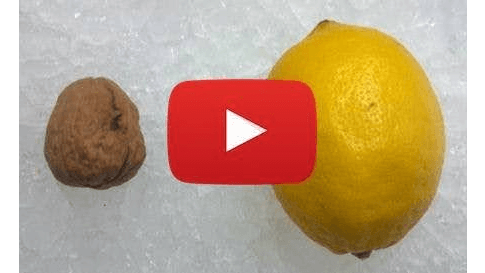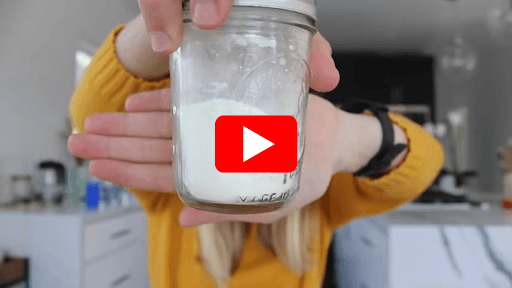How to lose belly fat
Belly fat is often more than just a cosmetic issue; it's a significant indicator that something might be wrong with your body. Our bodies typically resist storing fat around vital organs, and yet, persistent belly fat is a common concern for many. The answer lies not in exercise but rather in understanding the hormones involved.
The quest for spot reduction—targeting fat loss in specific body areas—has long been the "Holy Grail" in fitness. Yet, numerous studies consistently conclude that specifically shrinking belly fat through isolated exercises is impossible. The problem is not rooted in physical activity, but rather in hormonal balances.
The key players in the retention of belly fat are the hormones cortisol and insulin. Addressing these hormones can lead to significant, long-lasting decreases in belly fat.
Insulin is a controlling agent for fat storage, playing a critical role in how fat is deposited. The strategy for controlling insulin involves making specific dietary changes:
- Limit sugar intake significantly and opt for no more than 20 total grams of carbohydrates per day.
- Avoid eating foods after sunset, as eating late can spike insulin levels when the body should be in rest mode.
"Fat cells can only grow in the presence of elevated insulin; therefore, managing this hormone is crucial to reversing belly fat."
For those struggling with excess belly fat, the solution lies not within the confines of the gym but in understanding and manipulating your body's hormones. By adopting a disciplined daily schedule to manage cortisol and modifying dietary habits to control insulin, you can address the root causes and begin unwinding stored belly fat. The journey to reducing belly fat starts within, and with the right changes, its loss can be sustained indefinitely.
From Around The Web
Wellness Inbox is a blog & weekly newsletter that curates trending news and products related to health and wellness from around the web. We also gather content from various sources, including leading health professionals, and deliver it directly to you.
Please note that we may receive compensation if you purchase any products featured in our newsletter. Wellness Inbox is not affiliated with, nor does it endorse, any health professionals whose content may appear in our newsletter. The information provided is for general informational purposes only and should not be considered medical advice.
The information provided is not intended to replace professional medical advice, diagnosis, or treatment. All content, including text, graphics, images, and information available is for general informational purposes only. We do not guarantee the accuracy or completeness of any information presented and assume no liability for any errors or omissions. The content is subject to change without notice. We encourage you to verify any information with other reliable sources and consult your physician regarding any medical conditions or treatments.






